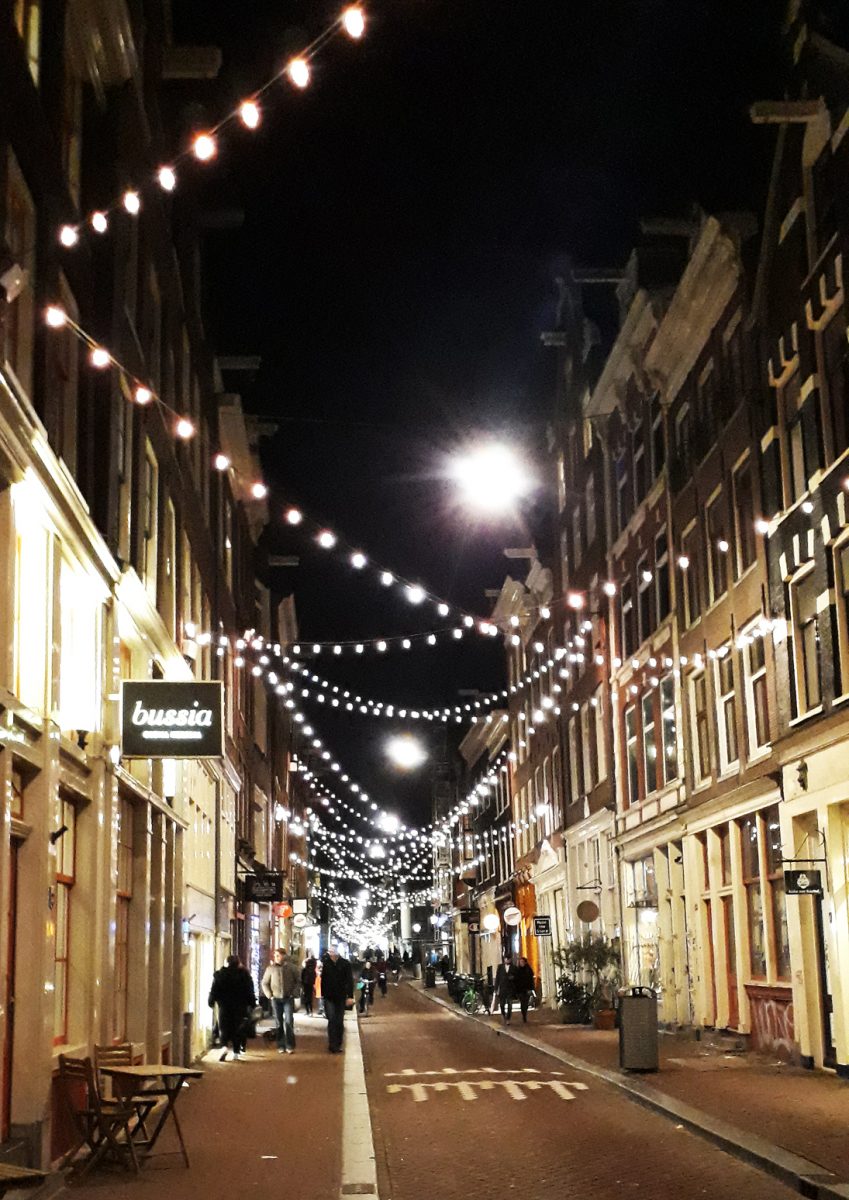Artificial Lighting as an Urban Design Tool
There is significant potential for artificial lighting to play a more central role in urban design. This dissertation sets out to evaluate artificial lighting design in the centre of towns and cities from an urban design perspective.
This dissertation conducts a review of the phenomenon of light and artificial lighting itself which reveals a potential to influence people’s experiences and perceptions of place. This emerges as a key theme as part of this study.
Lighting design theory is then discussed with a view to how it is approached. This uncovers a tendency for lighting design to reflect a design-led or engineering-led approach. Furthermore, lighting tends to be classifiable as having a functional/utility purpose, or an evocative/ decorative purpose. The study discusses the ethics of lighting design and identifies the overlaps between urban design principles and lighting, such as when considering urban experience, place-making and way finding.
The current practice of lighting design is examined and critically evaluated through a series of case studies. These include regeneration projects in Hull, Bristol and Luton. In these examples, it was found that artificial lighting already contributes significant value to the overall design, and highlighted that artificial lighting would have been more effective if it were better integrated as part of the original design process.
The conclusion is that urban design would benefit from considering artificial lighting as a tool for design. It presents a strong argument that artificial lighting should be a valuable component for enhancing or altering the appearance of the built environment. In conjunction with other design components, lighting design is fundamental to creating a ‘place’ at night. Lighting design can be used to facilitate more diverse and better use of valuable space.










